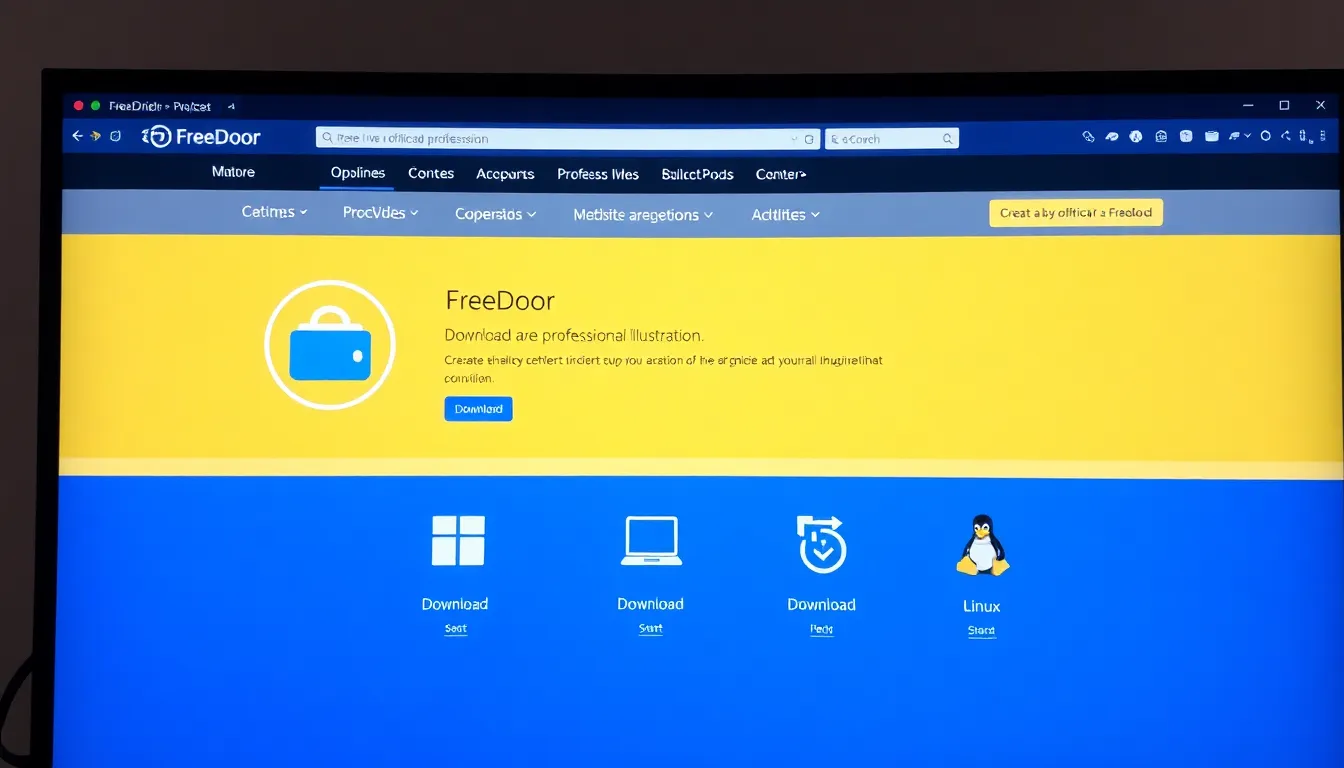Installing FreeDoor 2.4.6.8 might sound like a task only a tech wizard could tackle, but fear not! With a sprinkle of guidance and a dash of humor, anyone can conquer this challenge. Imagine opening the door to endless possibilities—no, not that door; the one to your new software.
System Requirements
FreeDoor 2.4.6.8 operates efficiently on several systems. Windows versions 7, 8, and 10 are compatible with this software. Uptake of at least 2 GB of RAM is crucial for optimal performance. Depending on usage, a stronger processor may enhance experience, especially for resource-heavy tasks. Mac users can utilize FreeDoor 2.4.6.8 on versions 10.12 (Sierra) and above. Similar to Windows, these systems benefit from a minimum of 2 GB of RAM. Installing on a device with an Intel Core i3 or better ensures smooth performance. Linux systems often require various distributions such as Ubuntu and Fedora. Users benefit from at least 2 GB of RAM for best usage. FreeDoor also requires 400 MB of available disk space to accommodate all files and components without issues. Network connections can impact software functionality. For smooth operation, a stable internet connection is necessary. High-speed connections support faster data transfers, improving user experience with FreeDoor. Regular updates to system drivers and components enhance software compatibility. Monitoring software requirements is advisable, especially during installation. Checking these specifications helps avoid any interruptions during setup, ensuring a seamless installation process.How to Install freedoor2.4.6.8

Accessing the Official Website
Visit the official FreeDoor website to access the installation files. The site provides a user-friendly interface with clear navigation. Locate the download section on the homepage easily. Clicking on the download link directs users to the latest version. Make certain to check for system compatibility before proceeding.Selecting the Correct Version
Selecting the correct version of FreeDoor is crucial for functionality. Users must confirm their operating system version beforehand. Windows users, for example, might need either the 32-bit or 64-bit version. Mac and Linux users also have specific files tailored for their systems. Downloading the wrong version may lead to installation errors or performance issues. Make sure to verify all details listed on the webpage before finalizing the download.Installation Process
Installing FreeDoor 2.4.6.8 involves a straightforward series of steps that anyone can follow.Step-by-Step Installation Guide
-
- Access the official FreeDoor website and visit the download section.
-
- Choose the version that matches the operating system, ensuring compatibility, such as 32-bit or 64-bit for Windows users.
-
- For Mac and Linux users, select the specific files suitable for their systems.
-
- Initiate the download by clicking on the appropriate link for the chosen version.
-
- Once completed, locate the downloaded file in your system’s directory and run the installer.
-
- Follow on-screen prompts to finalize the installation process, ensuring all settings are appropriately configured.



